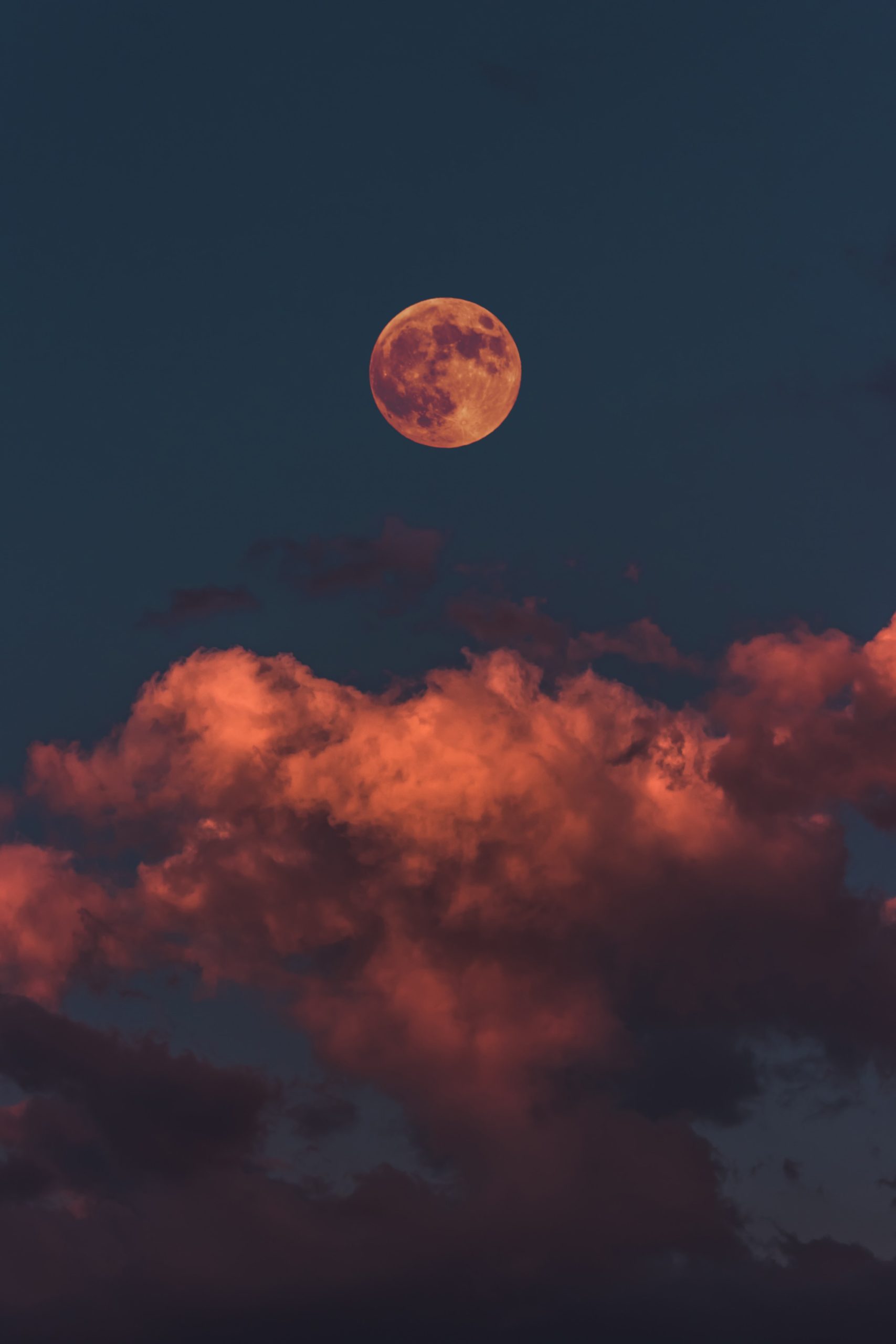Moon Feeding Times: Understanding the Influence of Lunar Cycles on Animal Behavior
The moon has long been a source of fascination and wonder for humans. Its presence in the night sky has inspired countless myths, legends, and even scientific inquiries. But did you know that the moon also plays a significant role in the feeding patterns of many animals?
Scientists have observed and studied the effects of lunar cycles on various aspects of animal behavior, including reproduction, migration, and feeding. In this article, we will explore the concept of moon feeding times and delve into the fascinating ways in which the moon’s phases influence the dietary habits of different species.
The Lunar Connection: How the Moon Affects Animal Behavior
Before we dive into moon feeding times, it’s important to understand why and how the moon affects animal behavior in the first place. The moon’s gravitational pull is one of the primary factors at play. Just like the moon’s gravity causes tides in the ocean, it also exerts a subtle gravitational force on the Earth’s ecosystems.
Animals, particularly those living in aquatic environments, are highly attuned to these subtle shifts in gravitational force. Some species possess specialized sensory organs that can detect these changes and respond accordingly. This sensitivity to lunar cycles helps them navigate, communicate, and synchronize their activities with the moon’s phases.
Animals and Moon Feeding Times
1. Marine Wildlife:
Marine animals, such as coral polyps, sea turtles, and certain species of fish, have been observed to exhibit specific feeding behaviors that align with the moon’s phases.
During the new moon and full moon phases, when the moon, Earth, and the sun are aligned, creating stronger tidal forces known as spring tides, these marine creatures take advantage of the heightened water movement to search for food. The abundance of nutrients and prey that the strong currents bring in during such times makes it advantageous for them to feed.
2. Nocturnal Hunters:
Many nocturnal hunters, such as owls, bats, and certain species of rodents, rely on the moon’s illumination to assist them during their nighttime feeding activities. The brightness of the moonlit sky provides better visibility for these animals, allowing them to detect and capture their prey more efficiently.
While the precise relationship between moon phases and nocturnal hunting behavior varies across different species, research suggests that a brighter moon with more visible illumination leads to higher hunting success rates for these animals.
3. Bird Migration:
The moon’s influence on animal behavior extends beyond feeding times, as seen in the case of bird migration. Many bird species rely on the moon to navigate during their long-distance migrations. They use the position of the moon relative to their desired direction of travel as a reference point, helping them stay on course.
Interestingly, some studies have uncovered a connection between the moon’s phases and migratory rest stop locations. Birds tend to choose specific sites for rest and refueling during migration, and these locations may vary depending on the lunar cycle. It is believed that the brightness and visibility of the moon can impact a bird’s decision-making process when selecting suitable rest areas.
The Scientific Evidence: Studies on Moon Feeding Times
Scientists have conducted various studies to examine the relationship between the moon’s phases and animal feeding behavior. One such study focused on the feeding patterns of coral polyps in the Great Barrier Reef.
Researchers discovered that the coral polyps were most active during the night of the full moon. They extended their feeding tentacles further, capturing more plankton and other small organisms. This increased feeding activity coincided with the highest tidal currents, allowing the polyps to maximize their nutrient intake during these periods.
In another study on nocturnal foraging behavior, researchers found that insectivorous bats tended to be more active and successful during nights with a bright, full moon. The additional light provided by the moon facilitated better insect detection, ultimately increasing the bats’ hunting efficiency.
While these studies provide fascinating insights into specific species and their feeding habits, it’s essential to remember that the relationship between moon phases and feeding times can vary across animals and ecosystems. The complexities of each species’ biology and ecological interactions can influence how they respond to lunar cycles.
Conclusion
The moon, often associated with mystery and allure, also plays a significant role in shaping animal behavior. From marine life to nocturnal hunters and migrating birds, many species incorporate the lunar cycle into their feeding patterns.
Understanding the influence of the moon on animal behavior not only adds to our knowledge of the natural world but can also aid conservation efforts. By recognizing the importance of moon feeding times, scientists and environmentalists can develop strategies to protect and sustain ecosystems that rely on lunar rhythms.
So, the next time you gaze up at the moon-filled sky, take a moment to appreciate the subtle but profound ways in which it influences the feeding habits of the animal kingdom.
Table of Contents
